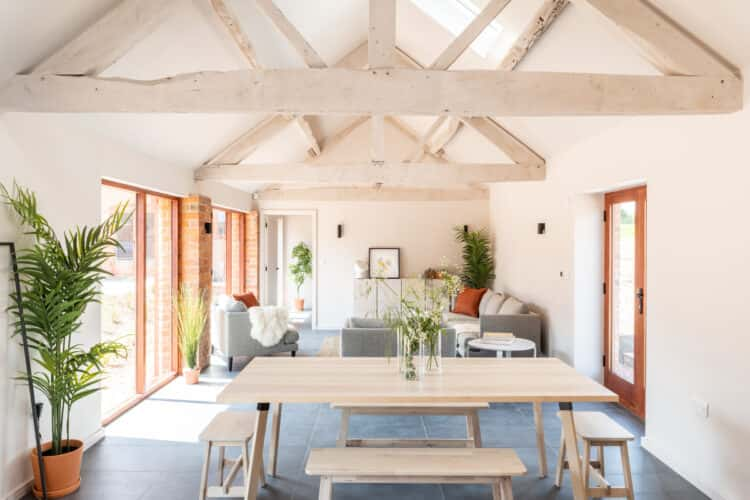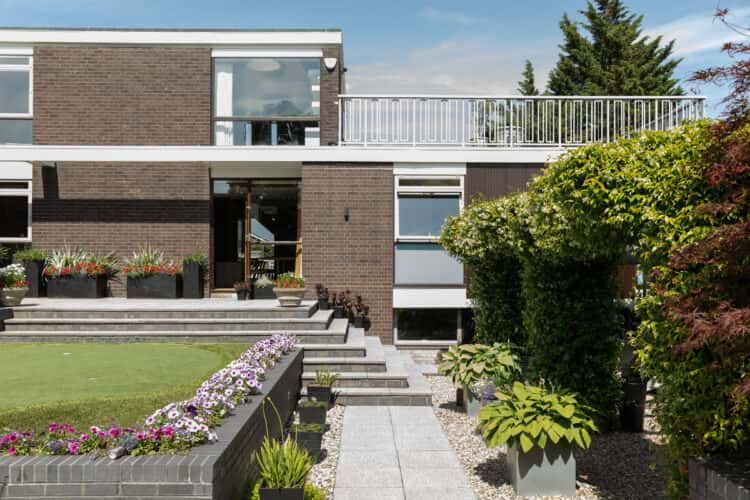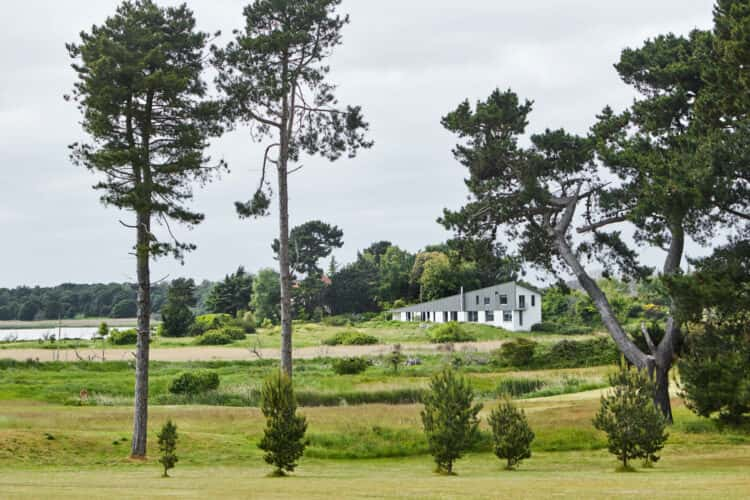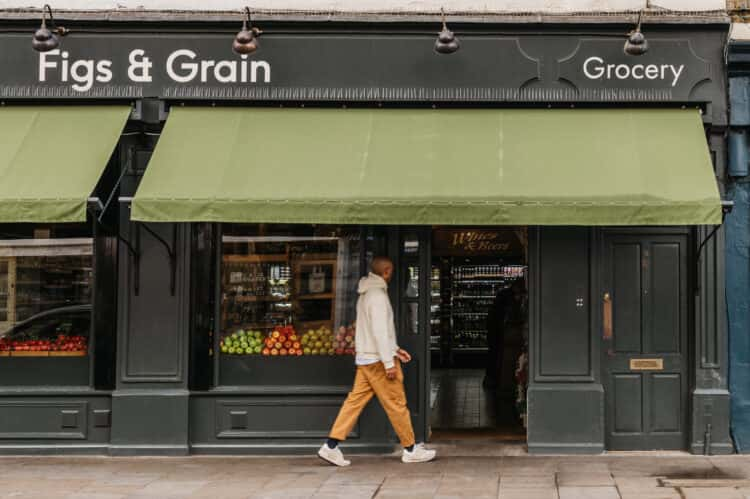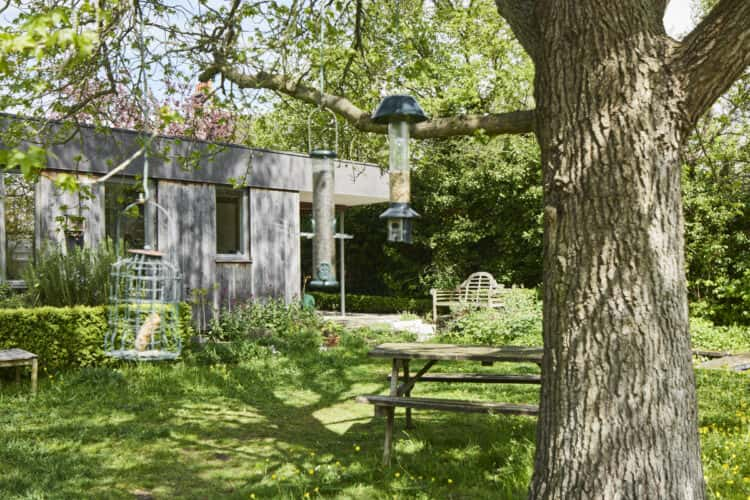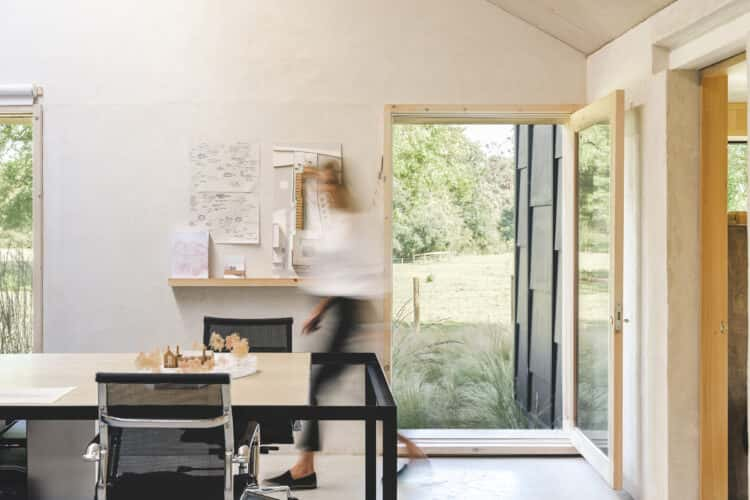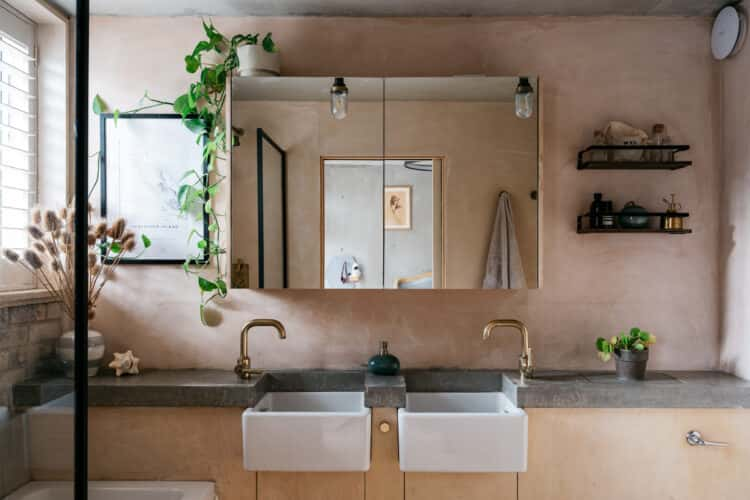Our guide to retrofitting: how to future-proof your older home
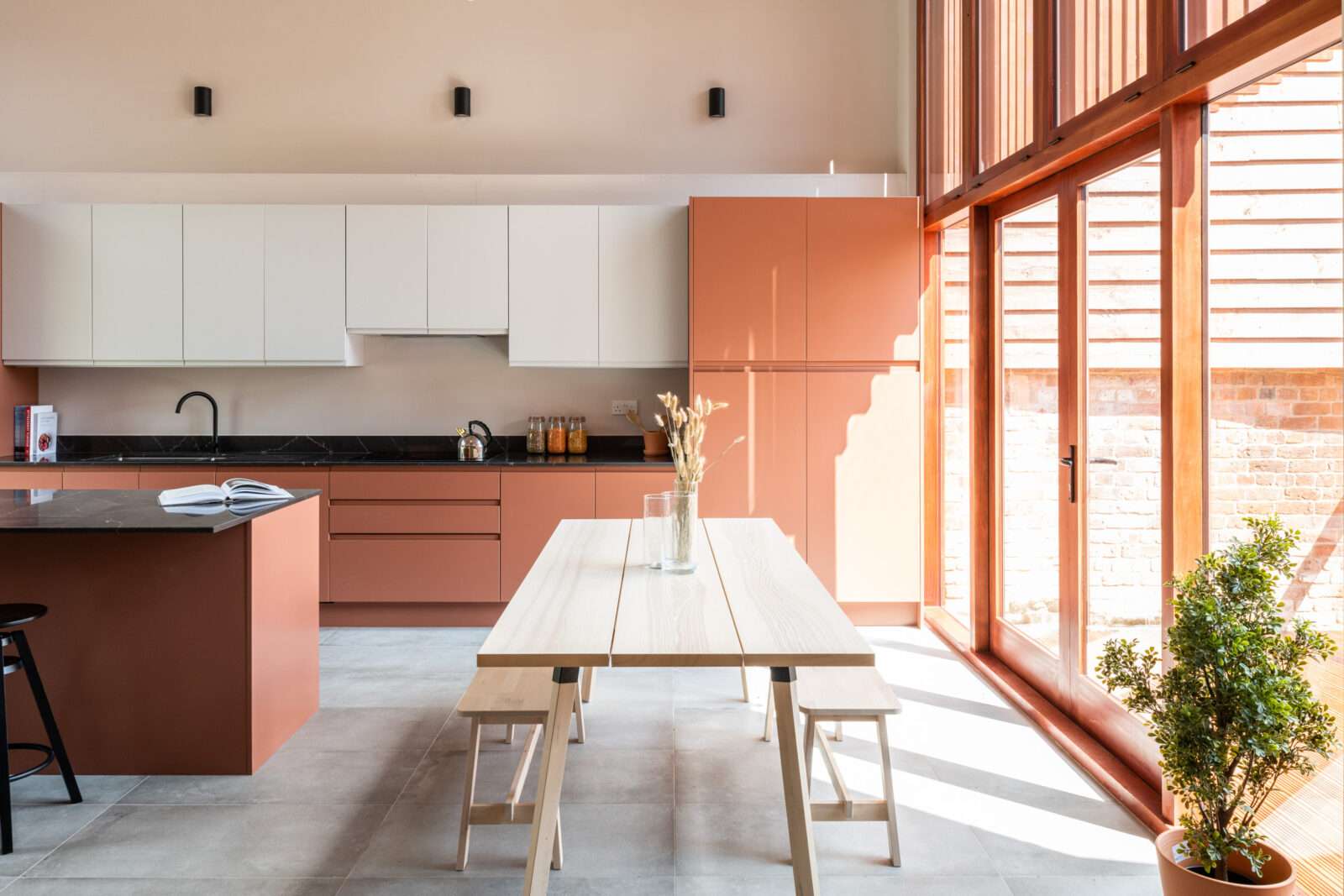
To put it simply: what makes an older home appealing can also make it problematic. Those beautiful wooden floorboards and original sash windows might look good, but they are also incredibly draughty – heat is more likely to escape, or cool air to creep in, making spaces harder to warm. Not only is this incredibly costly (particularly given the rise in energy bills), but bad for the environment too. In the UK, around 19 per cent of greenhouse gas emissions come from heating the buildings we live and work in, with more than three-quarters of this coming from our homes. And what about the bigger picture? As Jessica Barker, co-founder of practice Stolon Studio, explains: “The UK aims to have reached net zero by 2050; an estimate of 80 per of the homes that will exist then have already been built. If the UK is to have any chance of hitting its targets, we must tackle the inadequacies of existing structures.”
Thankfully, there is a way to bring older homes up to date and future-proof them for many years to come. The answer is retrofitting. But what exactly does that mean – and why does it matter? We turned to the experts to get the low down, so you can give the right kind of love to your long-standing home.
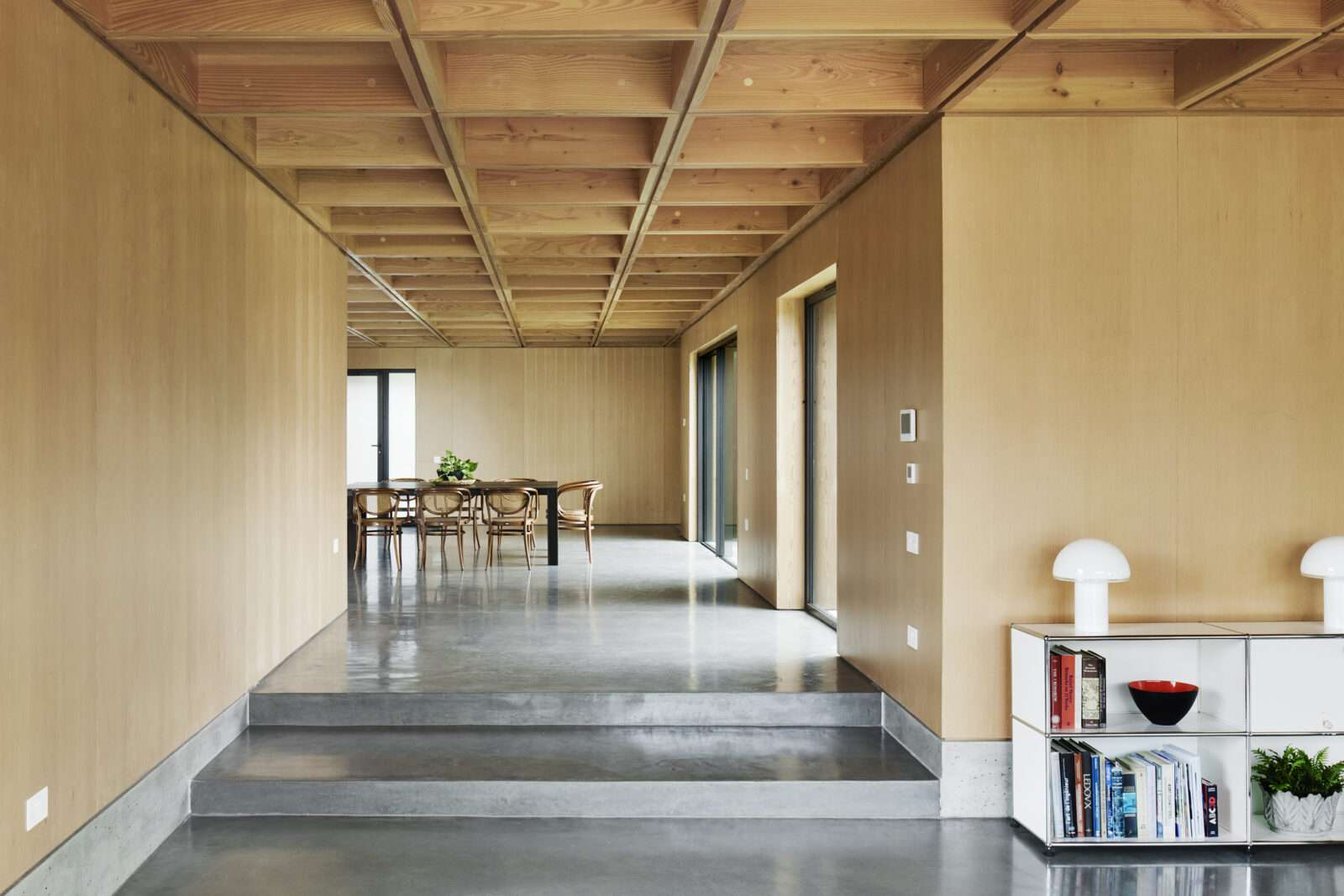
What is retrofitting and why is it important?
Retrofitting is the process of making changes to existing buildings to reduce energy usage and emissions and to make them more comfortable and cheaper to run. This might involve things such as improving insulation and airtightness, as well as employing energy-saving equipment – think big (installing a wind turbine) and small (draught-proofing your letterbox).
But if it’s not up to scratch, why retrofit a home rather than build a new one? “Carefully retrofitting our historic homes could save up to 84 per cent in carbon emissions,” says Simon Baker, director of Nash Baker Architects. An expert on the subject, Simon previously visited The Modern House HQ to discuss retrofitting as part of our internal talk series, Modern Matters. “It is also cost-effective because it means the existing structure is retained and fewer materials are required than for a rebuild. This then means less carbon emission is associated with upgrades, so the environmental and cost savings are more immediate.”
Jessica explains retrofit is vital to creating a healthy home. “The process of reusing existing buildings and materials not only preserves heritage but promotes physical and mental wellbeing too.” Airtightness and good insulation, for instance, result in a warm, well-ventilated home that is “transformative to the health of residents”. The question of prosperity comes into conversation here too, Jessica continues, as an estimated 2.3m households in England live in fuel poverty. “Health issues associated with people living in inadequate housing are estimated to cost the NHS approximately £1.36bn per annum.”
“As well as the embodied carbon saved by retrofitting, bringing a new lease of life to an old building can add to its character,” argues Graham Bizley, director of Prewett Bizley Architects, which has pioneered a number of low-energy retrofits across the country. “A building with multiple stages of evolution can be richer by exhibiting the ideas prevalent at different times of its history.” It’s a bright idea – and one we agree with. We love seeing projects that bring together historic bones and contemporary features – particularly when they do their bit for the planet too.
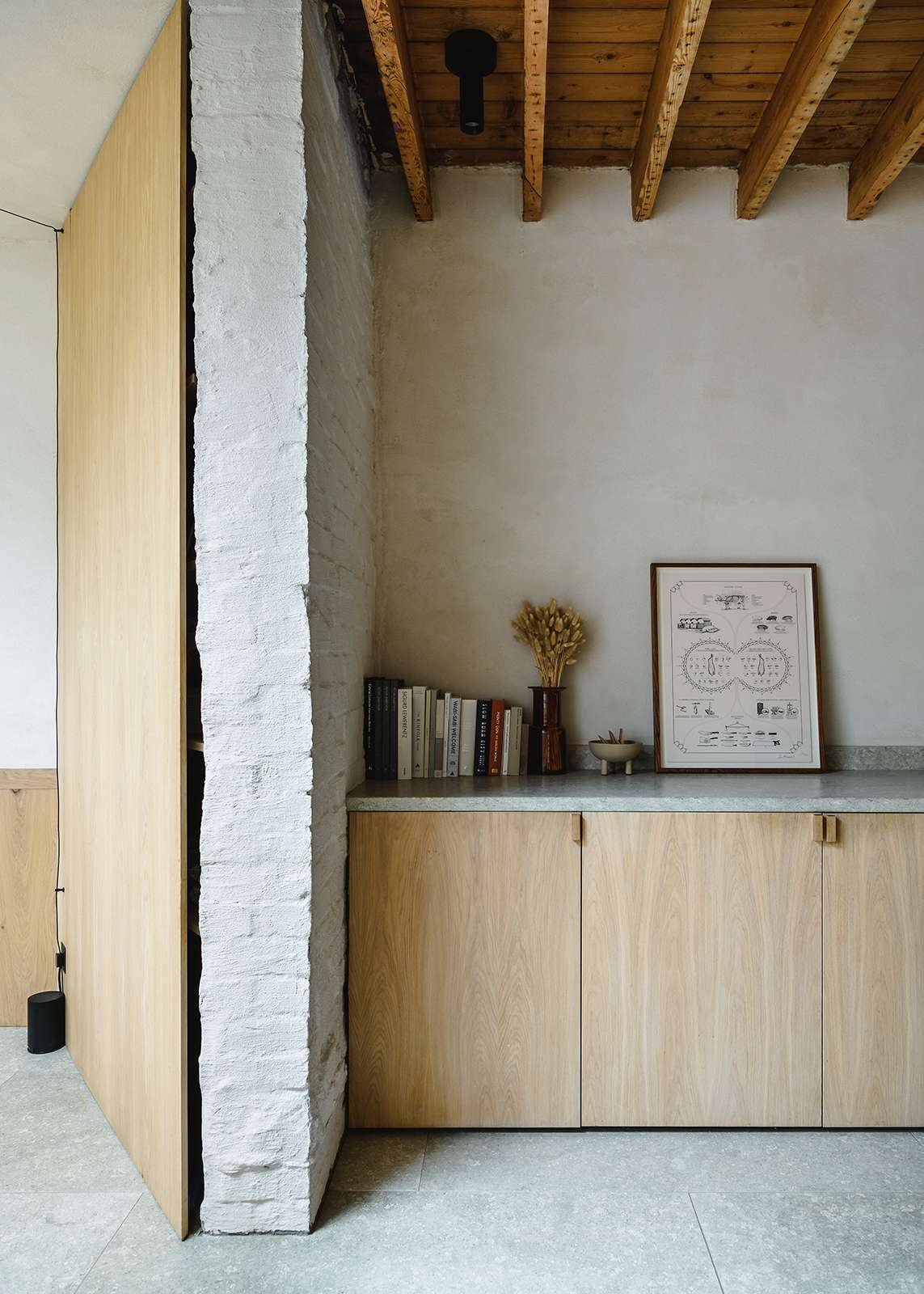
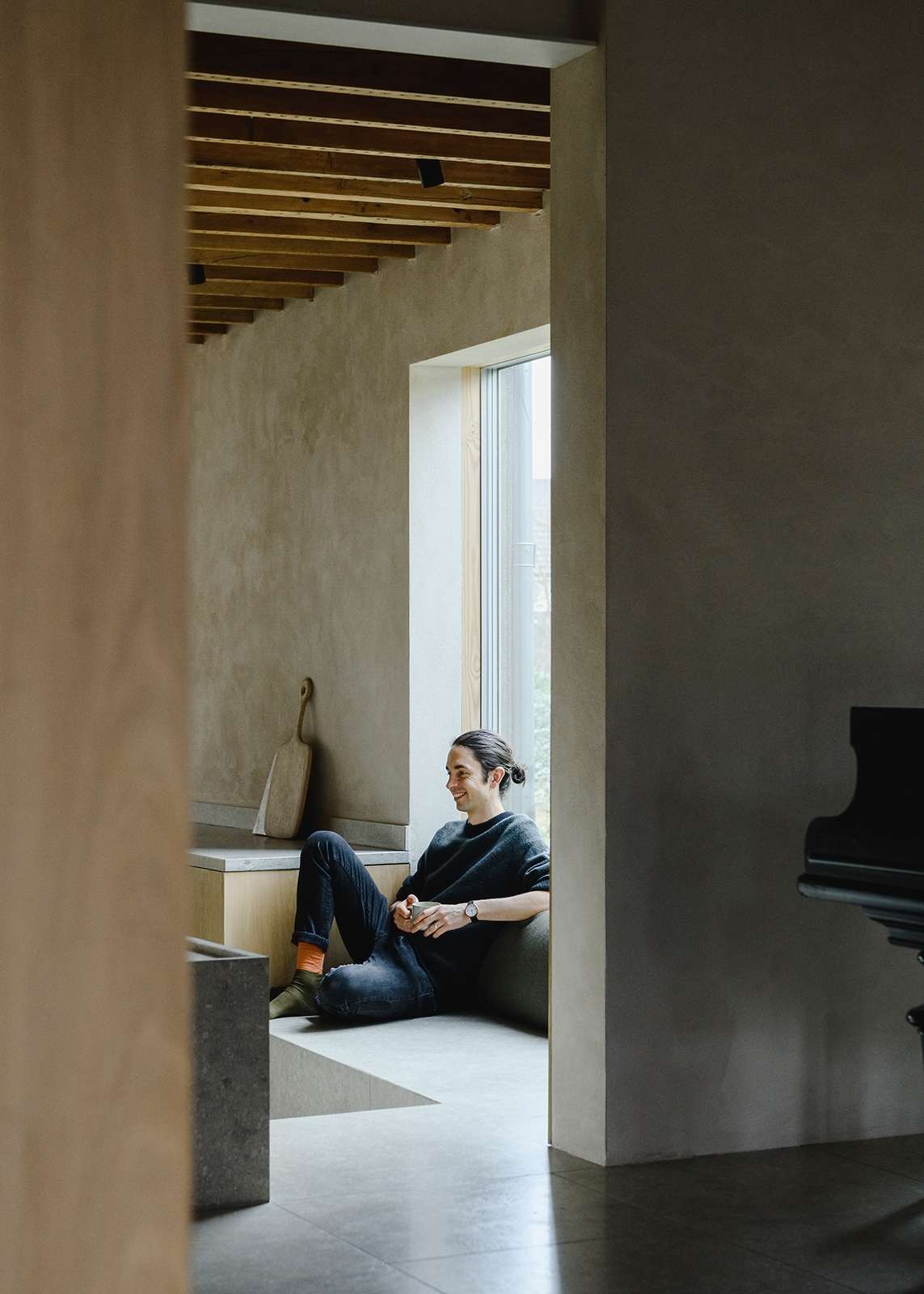
Where to start?
When we visited Ben Ridley, director of Architecture for London, at his low-energy home, he passed on a few words of advice from his Passivhaus teacher: “Go for the low-hanging fruit first”. It rings true: why not start with the small things that can make a big difference? An excellent (and cost-effective) way to prevent heat loss is draught-proofing. Consider covering your keyhole with a purpose-made cover, or using a flap or excluder to block air coming through the gap at the bottom of the door.
Graham, meanwhile, is a fan of the fabric-first approach. “The first aim of any retrofit project is to improve the building’s fabric by increasing wall insulation and airtightness as much as possible to avoid the need for energy in the first place.” A smaller, cheaper and more energy-efficient heat source can used. The good news? “First improvements to the fabric have the biggest impact,” Graham continues. “The difference between no insulation and 50mm is huge, whereas the difference between 150 and 200mm is much less.”
But before you start insulating the whole house, begin by finding out where air infiltration is at its highest, such as doors and windows, “contribute to the highest amount of heat loss,” says Simon. “Then introduce natural ventilation measures, such as trickle vents, so the building can breathe while allowing for cross ventilation that can help with the heat in the summer months.”
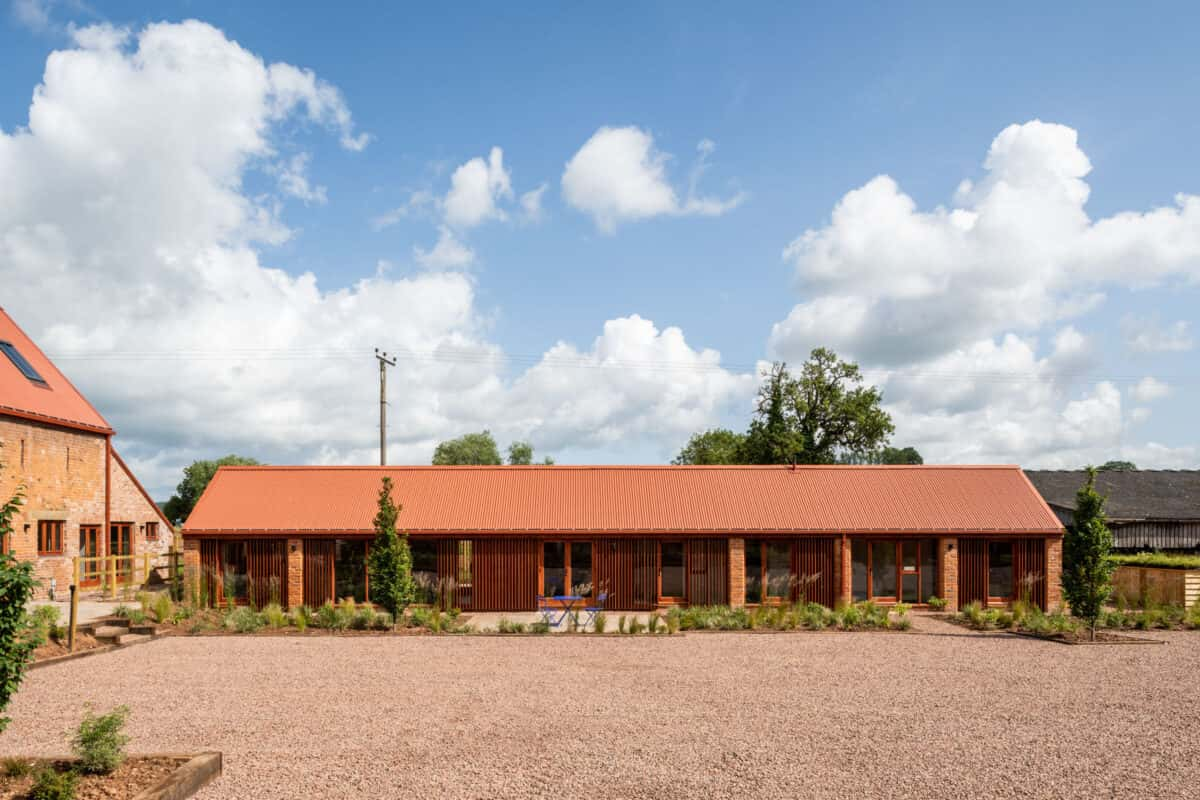
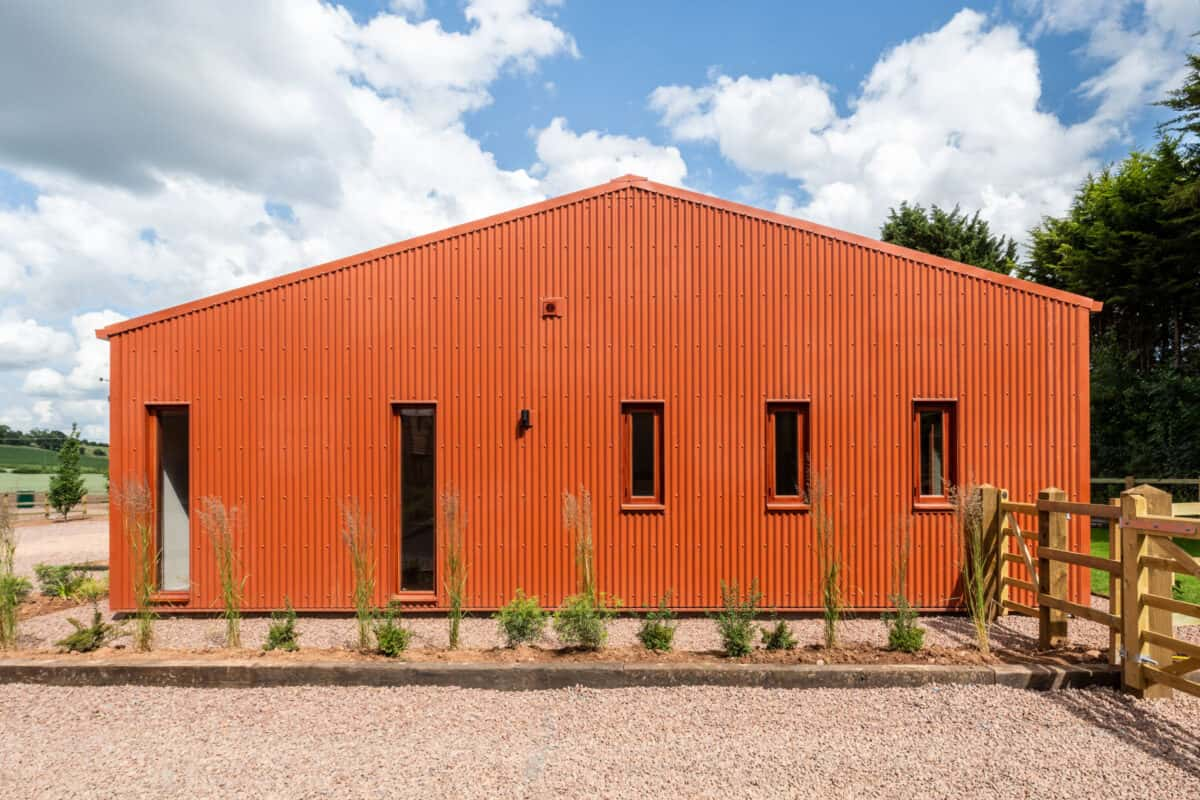
What are the challenges of retrofitting?
Graham says that the main risk of retrofitting is the impact of moisture from, say, showering or cooking. Because old buildings are “leaky and draughty” and moisture tends to evaporate, “adding insulation and blocking up air holes can lead to condensation and mould problems,” he says. An important consideration, then, is ventilation. One “robust” solution is to employ a whole-house mechanical ventilation system with heat recovery (MVHR). “This constantly supplies fresh air from outside to bedrooms and living areas while extracting stale, moist air from bathrooms and kitchens,” he says. “The MVHR transfers heat from the outgoing air to the incoming air, so only 10 per cent or so of the heat is lost.”
“Working with historic buildings is invariably time-heavy,” says Jessica. “Their orientation, existing openings and often crumbling structures mean that some of the most efficient design moves cannot be enacted.” And then there’s the limitation of working with what’s there – a challenge she has overcome having recently transformed three agricultural buildings into eight new homes that form a development called The Parks (all of which are currently on the market: view the listings here, here and here). “We had to peel away the more modern alterations and additions, which often had caused damage to original elements or involved highly unsuitable materials, before working with our highly skilled site team to salvage the historical materials from the site,” she continues.
“Well-intended planning constraints, which often have the objective to preserve character, often do not reflect the need to also preserve energy and the climate,” Jessica adds. The Linhay, a traditional single-sided barn, for instance, had to remain facing the farmyard. But, “we were permitted the introduction of opening roof lights to the rear and a set of double doors. Through carefully placed new openings, coupled with vaulted ceilings throughout, we were able to provide cross- and stack-ventilation, despite the constraints.”
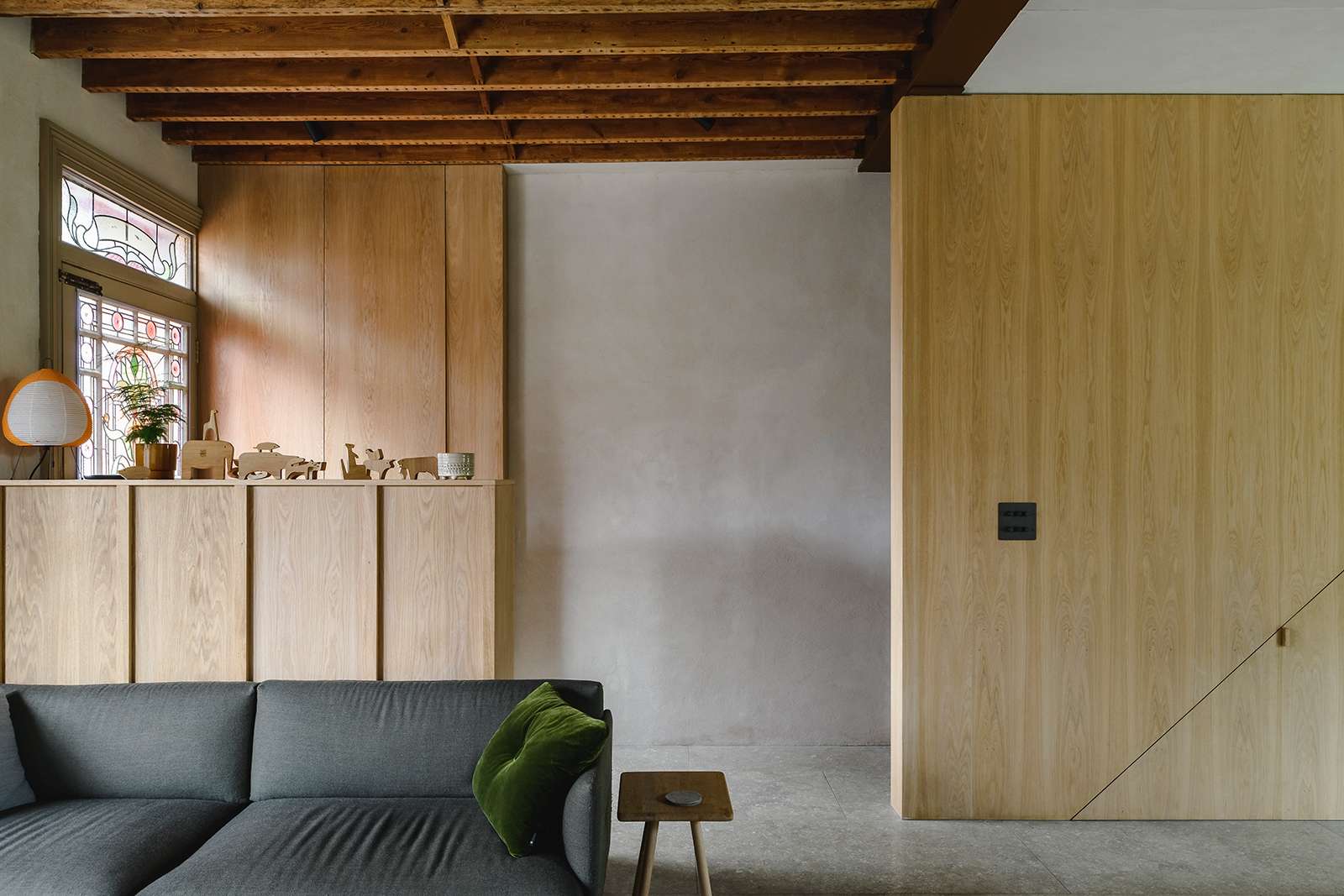
What’s the best advice for beginners?
Of course, this is only a brief guide – and there is a lot to learn about retrofitting before embarking on a project. “There are risks involved,” says Graham. “I would suggest getting advice and developing a strategy with an expert to figure out how best to use your budget.” After all, no two homes as the same – they all present different challenges. “This is particularly true when trying to install renewable energy sources such as solar and heat pumps, which have many limiting factors including location, orientation and space,” says Simon. “Understanding how to get the best out of what you have is important.”
Reflecting on the retrofit works at The Parks, Jessica says a significant lesson she’s learned has been to work with what is already there – not against it. “Using local, reused, or salvaged materials can not only help to reduce carbon footprint but help to reduce costs too,” she explains. “We minimised the site waste taken to landfill by crushing the demolition waste to form aggregate for use on-site, rather than bringing in new materials.”
Retrofitting is not to be rushed, either, she continues. “Tackling a sensitive project takes time, patience and dedication. If a job is worth doing, it’s worth doing well.” And it’s important to remember what retrofitting is all about in the first place. “It isn’t restoration or renovation – it encompasses bringing in new technology or building systems. This can also be referenced in the design aesthetic too,” Jess adds. “In the words of journalist Jane Jacobs: ‘New ideas often need old buildings’. But don’t shy away from innovation. The new homes at The Parks are examples where the new meets the old – and that’s exciting to see.”
There are viewing days with the architects at The Parks on Saturday 29 and Sunday 30 July. Please email info@themodernhouse if you’re interested in attending.
